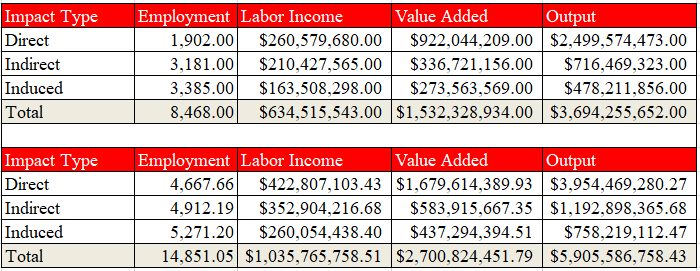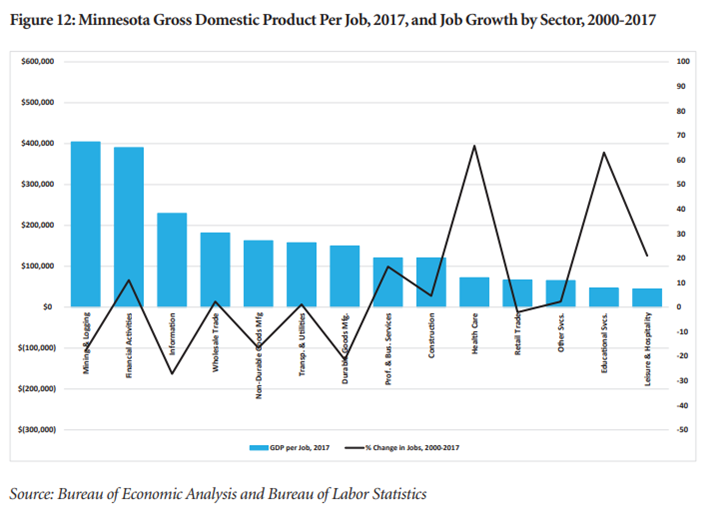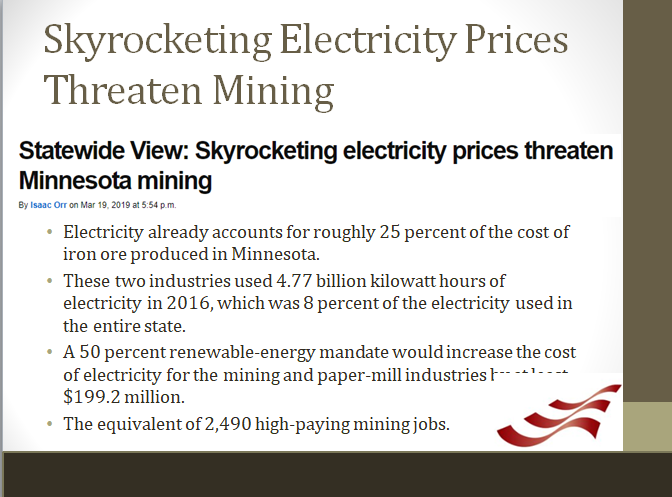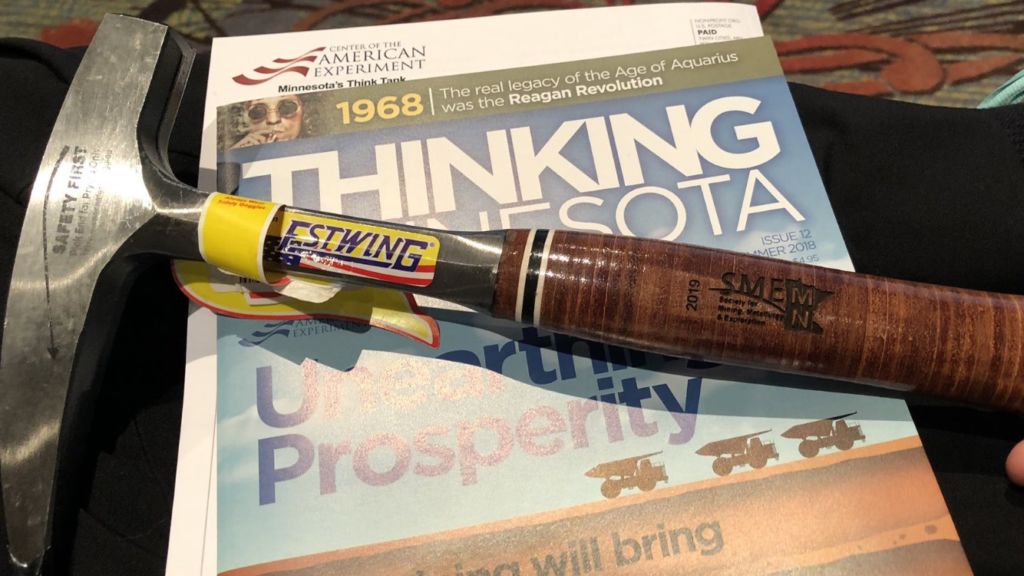American Experiment Receives Warm Welcome at Minnesota Mining Meeting
On Wednesday, I gave a presentation to the Society of of Mining, Metallurgy and Exploration (SME) chapter for Minnesota in Duluth, and it was one of the best speaking experiences I’ve ever been a part of. The title of my talk was Promoting Prosperity: Building Public Support for Non-Ferrous Mining in Minnesota.
I started my talk by asking, by show of hands, who was familiar with our report, Unearthing Prosperity: How Environmentally Responsible Mining Will Boost Minnesota’s Economy, and nearly everyone in a room of about 200 people raised their hands. That’s when I knew I was going to have fun up there.
I began the talk by explaining why it is important to defend mining. As someone who grew up on a dairy farm, it is maddening that so many people think milk comes from the store and the same disconnect exists in the realm of mining. People are more dependent upon the fruits of mining than at any other point in history, yet they are so far away from the supply chain that most people fail to appreciate the role mining plays in their lives.
Secondly, groups who oppose mining act as if mining operations still operate as they did in the 1850’s, using scare tactics to drive up anxiety about mining. All human activities have environmental impacts, whether it be mining, farming, or tourism. The appropriate question is not whether something will impact the environment, but rather how we can maximize benefits while minimizing our environmental footprint.
Modern mining has made impressive progress in reducing the impact of mining, and if we don’t permit mines in developed countries, where environmental and labor standards are high, then the demand for minerals will drive mining to developing countries where protective standards for workers, many of them children, and the environment are essentially non-existent.

I also spoke about the immense promise of mining in Minnesota, revealing, for the first time, updated economic impact numbers that reflect the latest mineral estimates for copper, nickel, and titanium deposits in Minnesota.
These new numbers are preliminary, and the direct jobs will likely be revised downward as specific mine plans are put forth, but using IMPLAN to assess the economic potential of mining with the updated numbers shows expanded mining could add nearly 15,000 jobs and $5.9 billion to the state’s GDP. These numbers do not reflect the contributions of the state’s iron ore industry, which employs approximately 5,300 people and about $3 billion in GDP. This brings the total potential of mining to roughly 20,000 jobs and approximately $9 billion in annual GDP.

Although mining detractors are quick to point out that mining only constitutes 0.2 percent of employment in Minnesota, American Experiment economist John Phelan points out that the mining sector is the most productive sector of Minnesota’s economy, producing the most GDP per worker out of any sector of the economy. That’s a good thing.

It wasn’t all good news, however. I also shared the findings of Doubling Down on Failure, and how a 50 percent renewable energy mandate would impact the mining industry. Increasing Minnesota’s renewable energy mandate would add approximately $200 million in costs for Minnesota’s iron mines and paper mills, and this fact was not lost among the attendees at the SME conference. 
After my initial remarks I held a 15 minute Q&A about my presentation and energy questions dominated the discussion. Other speakers mentioned the need for smart energy policy during their talks, and there was wide agreement when I said we should be looking for ways to extend the lives of the Clay Boswell coal plant to provide affordable, reliable electricity to Minnesota’s industrial users.
At the end of my talk, I was presented with what is one of the coolest gifts I’ve ever received for speaking. It’s a rock hammer with the logo for the conference inscribed on the handle.
